Filter News
Area of Research
- (-) Computer Science (12)
- (-) Materials (9)
- Biology and Environment (14)
- Building Technologies (1)
- Clean Energy (16)
- Climate and Environmental Systems (1)
- Computational Biology (1)
- Computational Engineering (2)
- Fusion and Fission (1)
- Fusion Energy (2)
- Materials for Computing (5)
- Mathematics (1)
- National Security (11)
- Neutron Science (7)
- Nuclear Science and Technology (1)
- Quantum information Science (4)
- Supercomputing (61)
News Topics
- (-) Computer Science (21)
- 3-D Printing/Advanced Manufacturing (10)
- Advanced Reactors (2)
- Artificial Intelligence (8)
- Big Data (5)
- Bioenergy (3)
- Biomedical (4)
- Buildings (3)
- Chemical Sciences (11)
- Clean Water (3)
- Composites (6)
- Coronavirus (2)
- Critical Materials (5)
- Cybersecurity (1)
- Decarbonization (2)
- Energy Storage (14)
- Environment (8)
- Exascale Computing (1)
- Fusion (4)
- Grid (4)
- High-Performance Computing (2)
- Isotopes (8)
- Machine Learning (6)
- Materials (31)
- Materials Science (36)
- Mathematics (1)
- Microscopy (12)
- Molten Salt (1)
- Nanotechnology (16)
- Neutron Science (13)
- Nuclear Energy (12)
- Partnerships (3)
- Physics (13)
- Polymers (10)
- Quantum Computing (2)
- Quantum Science (2)
- Security (1)
- Space Exploration (2)
- Summit (1)
- Sustainable Energy (7)
- Transformational Challenge Reactor (2)
- Transportation (10)
Media Contacts
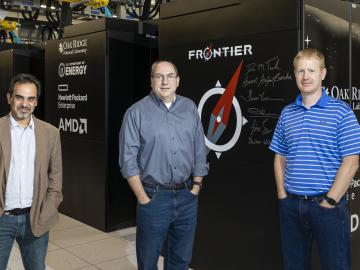
A research team from the Department of Energy’s Oak Ridge and Lawrence Livermore national laboratories won the first Best Open-Source Contribution Award for its paper at the 37th IEEE International Parallel and Distributed Processing Symposium.
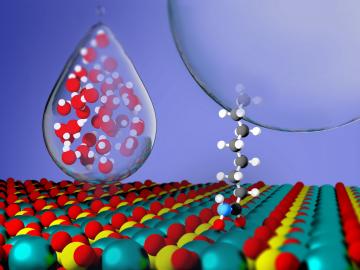
Critical Materials Institute researchers at Oak Ridge National Laboratory and Arizona State University studied the mineral monazite, an important source of rare-earth elements, to enhance methods of recovering critical materials for energy, defense and manufacturing applications.
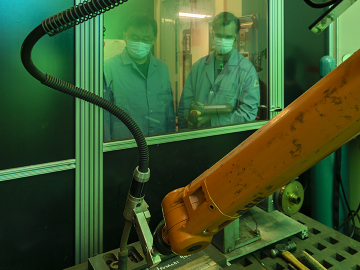
The U.S. Departments of Energy and Defense teamed up to create a series of weld filler materials that could dramatically improve high-strength steel repair in vehicles, bridges and pipelines.

Oak Ridge National Laboratory, University of Tennessee and University of Central Florida researchers released a new high-performance computing code designed to more efficiently examine power systems and identify electrical grid disruptions, such as
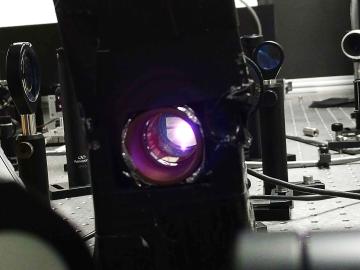
To minimize potential damage from underground oil and gas leaks, Oak Ridge National Laboratory is co-developing a quantum sensing system to detect pipeline leaks more quickly.

Oak Ridge National Laboratory researchers designed and field-tested an algorithm that could help homeowners maintain comfortable temperatures year-round while minimizing utility costs.
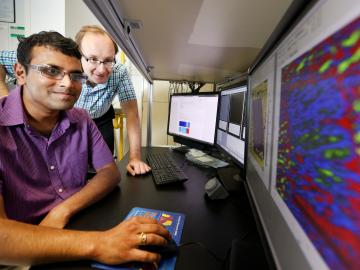
At the Department of Energy’s Oak Ridge National Laboratory, scientists use artificial intelligence, or AI, to accelerate the discovery and development of materials for energy and information technologies.
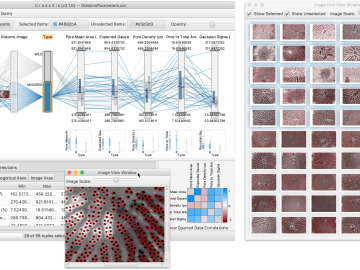
From materials science and earth system modeling to quantum information science and cybersecurity, experts in many fields run simulations and conduct experiments to collect the abundance of data necessary for scientific progress.

In the race to identify solutions to the COVID-19 pandemic, researchers at the Department of Energy’s Oak Ridge National Laboratory are joining the fight by applying expertise in computational science, advanced manufacturing, data science and neutron science.
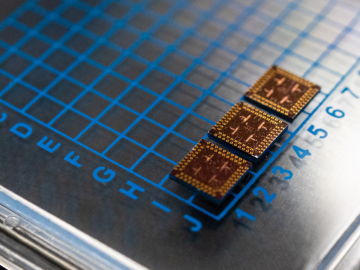
Scientists at have experimentally demonstrated a novel cryogenic, or low temperature, memory cell circuit design based on coupled arrays of Josephson junctions, a technology that may be faster and more energy efficient than existing memory devices.




